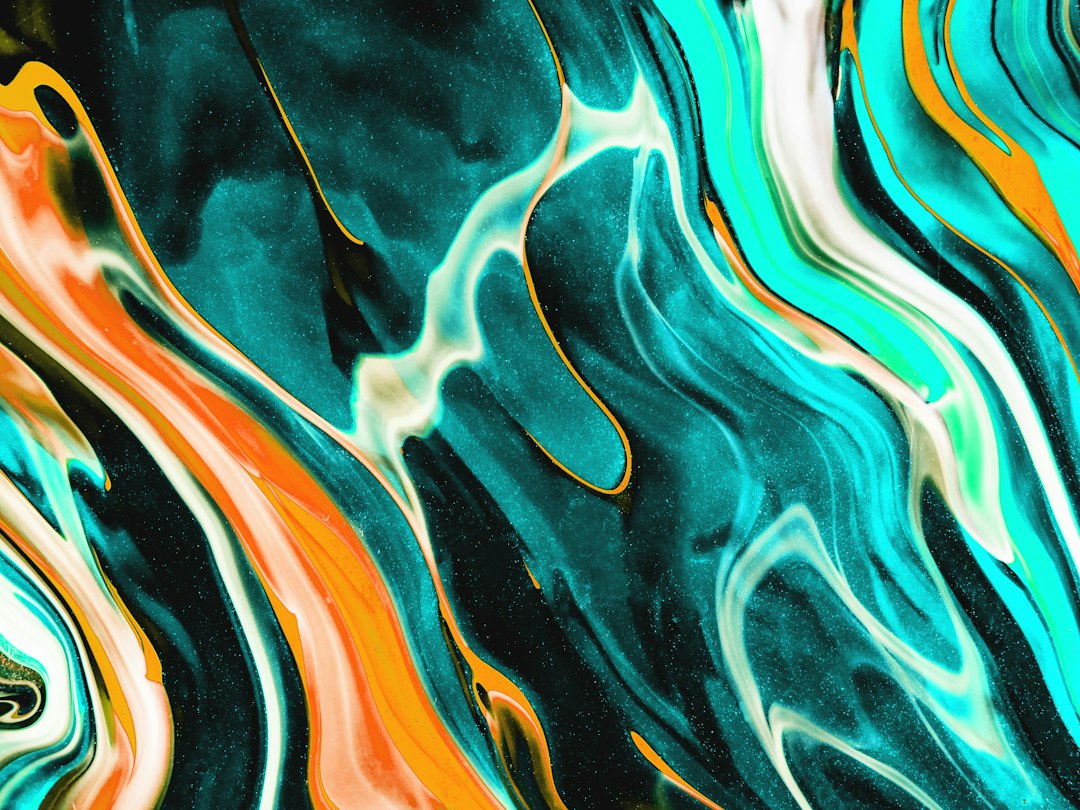The Evolution of Sculpture Throughout History
Sculpture is one of the oldest forms of artistic expression, as humans have been creating three-dimensional objects for thousands of years. From the crude cave sculptures of our ancestors to the intricate masterpieces of the Renaissance, the evolution of sculpture is a testament to the ingenuity and creativity of humankind. In this blog post, we will explore the rich history of sculpture, from its humble beginnings to the modern era.
The story of sculpture begins in prehistoric times, where early humans created crude figures out of stone, bone, and wood. These sculptures primarily served religious or ritualistic purposes, representing gods, ancestors, or animals. Examples of prehistoric sculpture can be found in caves across Europe, such as the famous cave paintings of Lascaux in France.
As civilizations began to emerge, sculpture took on a more refined and monumental form. Ancient Egypt is renowned for its monumental stone sculptures, particularly the massive statues of pharaohs carved from granite or limestone. These sculptures were not just artistic representations but were also considered divine, embodying the power and authority of the ruling pharaoh.
The ancient Greeks revolutionized sculpture by introducing a new level of naturalism and realism. Influenced by their keen observation of the human body, Greek sculptors created lifelike statues that captured the dynamic movement and anatomy of the human form. Famous examples of Greek sculpture include the renowned sculpture of Aphrodite, the Venus de Milo, and the Discobolus.
The Romans continued the Greek tradition of sculpture but added their own flair by emphasizing the portraiture of notable individuals. Roman sculpture often portrayed emperors, generals, and other important figures in the empire. These sculptures served as a way to immortalize and glorify their subjects, reflecting the power and achievements of the Roman Empire.
After the fall of the Roman Empire, sculpture entered a period of decline during the Middle Ages. The focus shifted to religious art, with sculptures adorning churches and cathedrals. These sculptures, often made of stone or wood, told biblical stories and served as devotional objects for worshipers. The most famous example of medieval sculpture is the incredible stone carvings of the Chartres Cathedral in France.
With the arrival of the Renaissance in the 14th century, there was a resurgence of interest in classical art and culture. This led to a revival of classical sculpture techniques and aesthetics. Renaissance sculptors, such as Michelangelo and Donatello, found inspiration in ancient Greek and Roman artworks and sought to emulate their grandeur and beauty. The result was a golden age of sculpture, with masterpieces like Michelangelo’s David and Pieta becoming icons of art.
The 19th century saw a shift in the style and subject matter of sculpture. As society entered the industrial era, sculpture became more experimental and abstract. Auguste Rodin, considered one of the pioneers of modern sculpture, challenged traditional notions of form and composition with his emotive and highly expressive sculptures. Rodin’s famous work, The Thinker, is a prime example of his ability to convey complex emotions through sculptural form.
In the 20th century, sculpture continued to evolve and push boundaries. The emergence of new materials, such as metal and plastic, allowed for greater experimentation. Artists like Constantin Brâncuși and Henry Moore explored abstraction and minimalism, creating sculptures that challenged traditional ideas of representation and moved towards pure form and shape. The modern era also saw an increased emphasis on installations and site-specific sculptures, blurring the boundaries between art and the surrounding environment.
In conclusion, the evolution of sculpture throughout history is a testament to human creativity and innovation. From the crude sculptures of prehistoric times to the grand masterpieces of the Renaissance and the experimental works of the modern era, sculpture has continuously evolved and adapted to reflect the changing times. The art of sculpture serves as a mirror that reflects the aspirations, beliefs, and achievements of society, leaving a lasting legacy for future generations to enjoy and appreciate.

